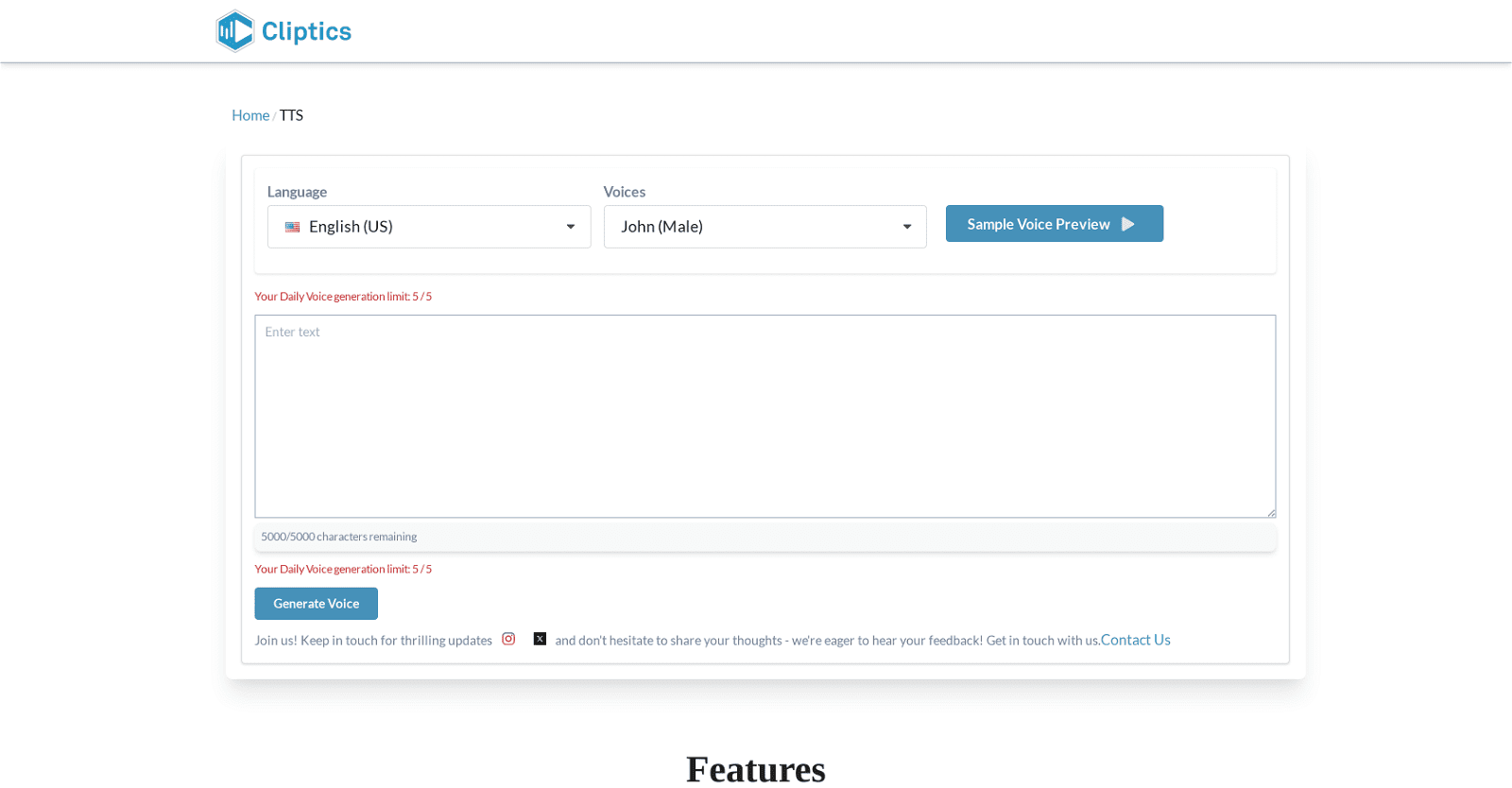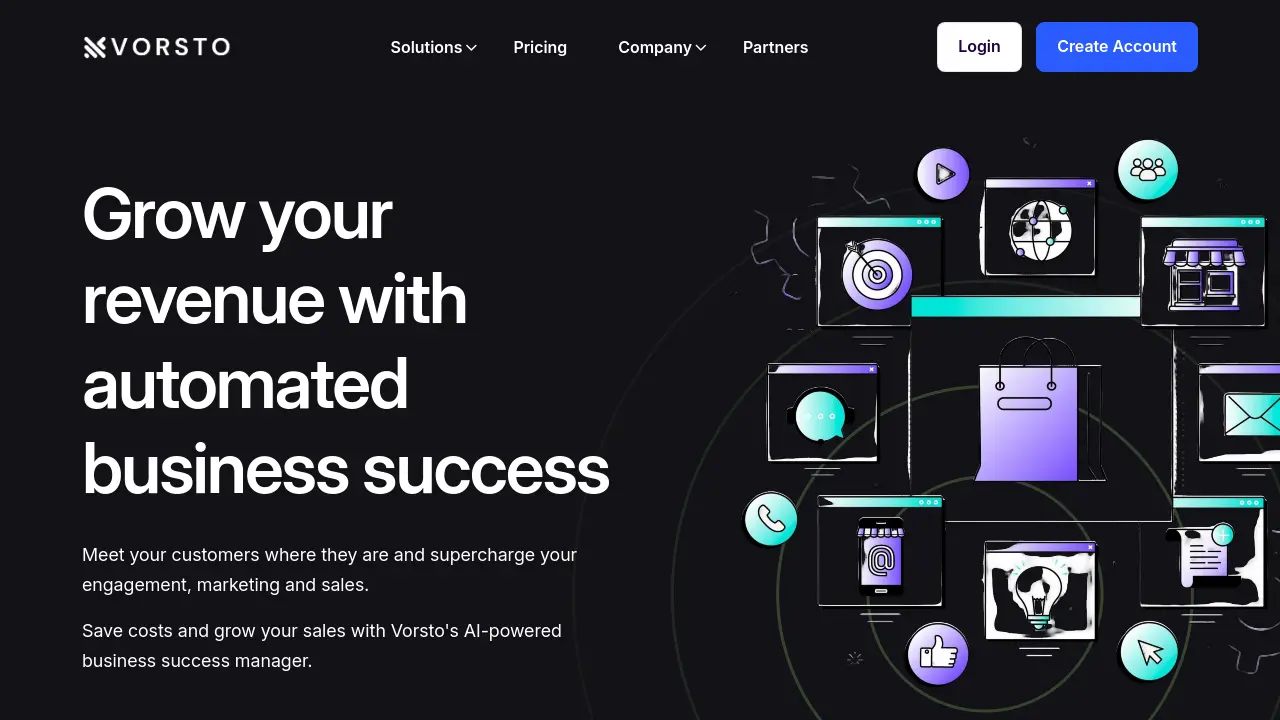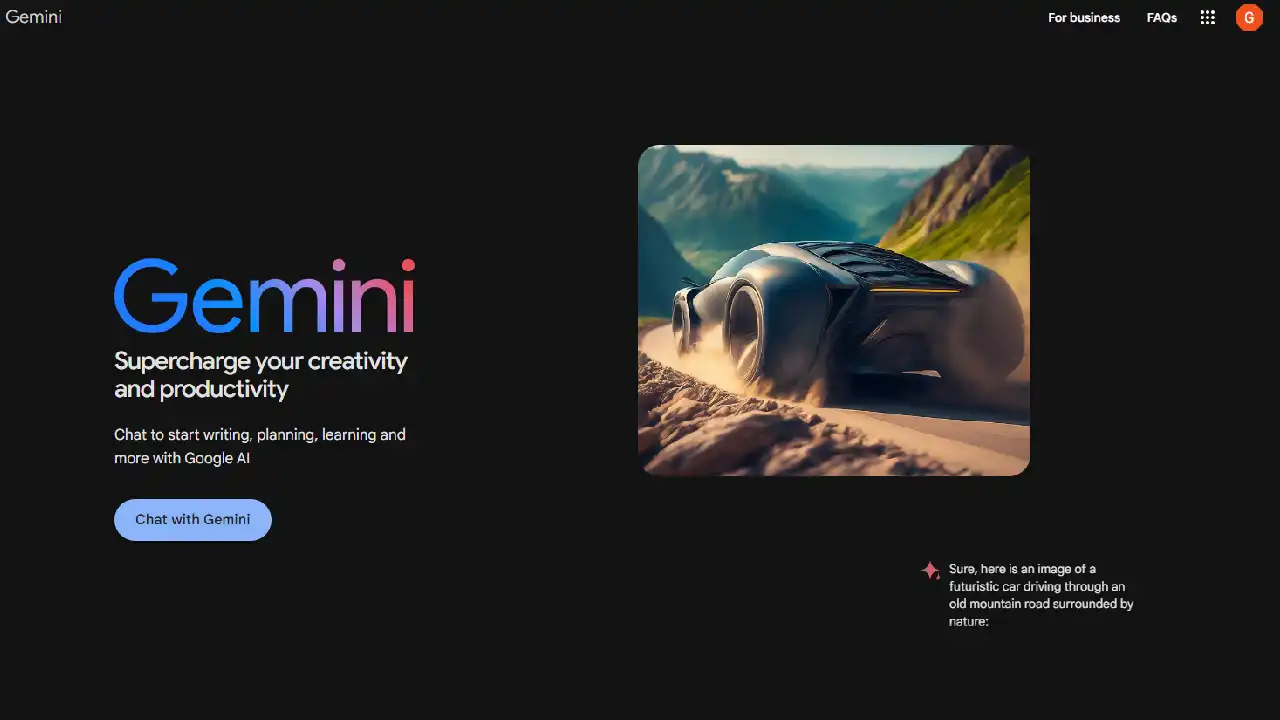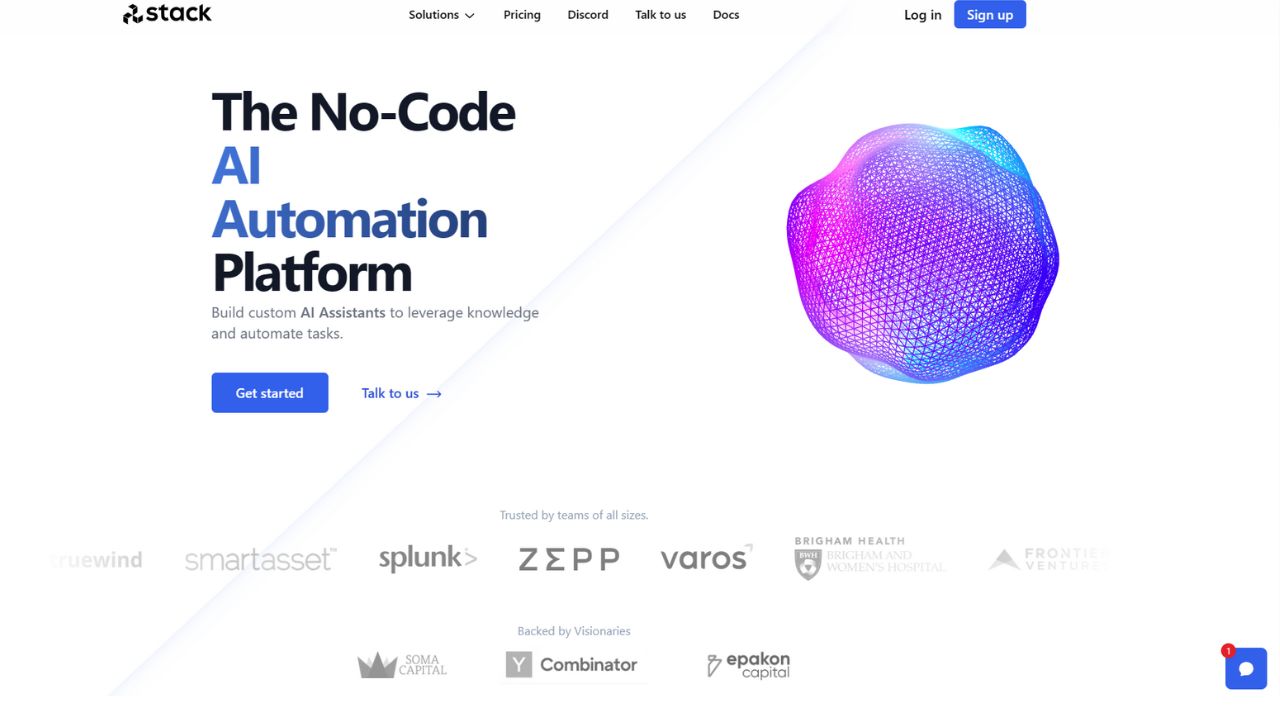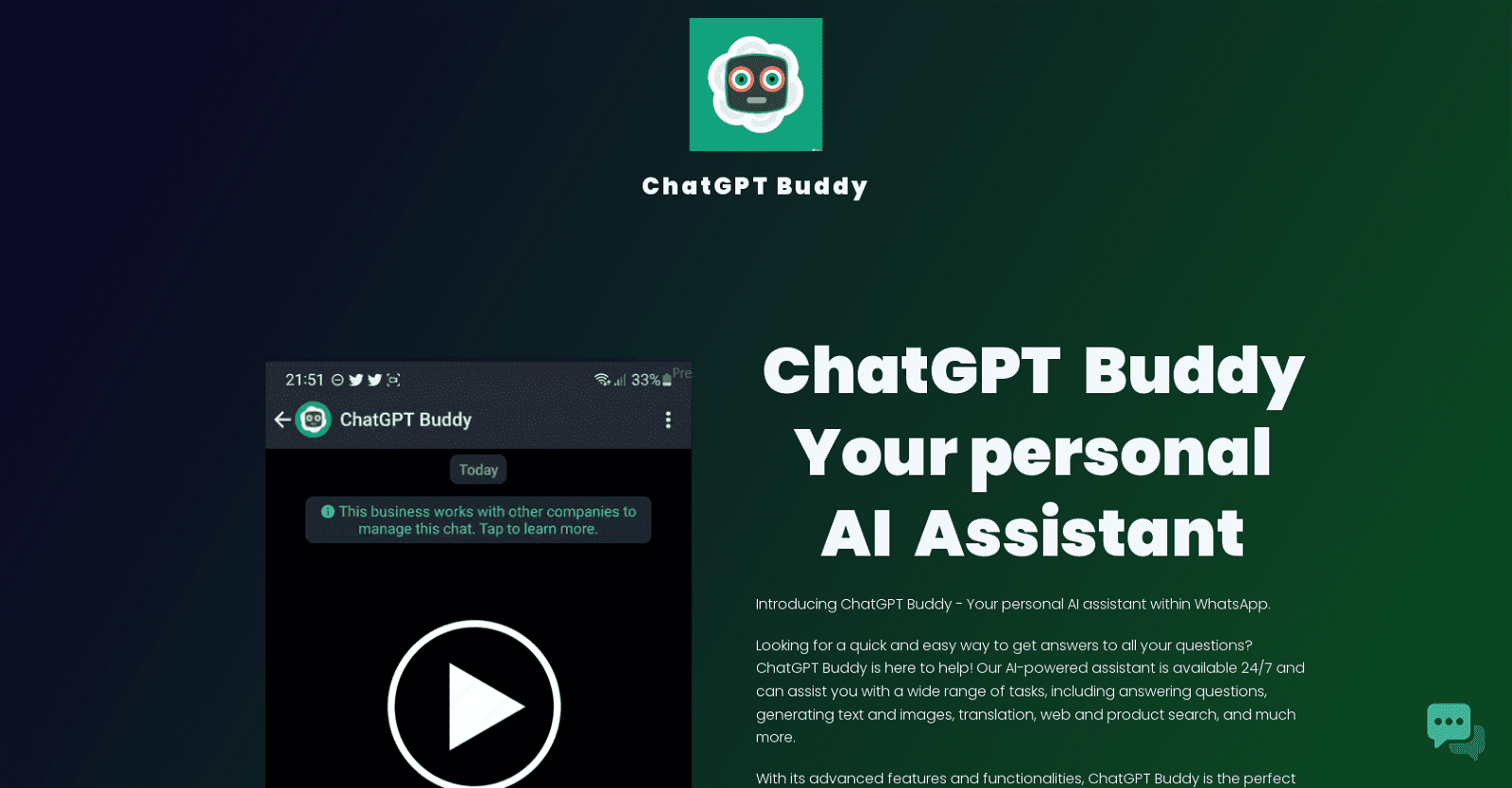Cliptics is an online Text-to-Speech (TTS) service designed to transform text into natural-sounding spoken language, enhancing user experience and aiding content creation. With a diverse set of voices featuring different accents and languages, it caters to various applications, from social media content to educational material and podcasting.
What sets Cliptics apart is its use of advanced speech synthesis powered by deep neural networks, known as Neural Voices. This technology produces voices that closely resemble human speech, offering authenticity, clarity, and reducing listener fatigue.
Cliptics prioritizes user experience, particularly when interacting with AI systems, ensuring a comprehensive and enjoyable experience. Additionally, it’s offered free-of-charge, with users retaining complete copyright ownership of the generated audio files.
The service includes a daily text-to-speech limit, allowing users to manage content generation effectively. Furthermore, it supports easy mp3 file downloads, enabling seamless integration of audio files into personal, educational, or professional projects.
Overall, Cliptics is an ideal choice for individuals and businesses seeking budget-friendly and high-quality audio content for dynamic platforms like YouTube, TikTok, Instagram, Facebook, and more.
More details about Cliptics
What is the voice selection like on Cliptics?
Cliptics offers a diverse selection of voices, including both male and female options. Users can choose from names like John, Sophie, Nathan, Madison, Ava, Avery, Brooklyn, Maxwell, Jack, Michael, Richard, Jennifer, Daniel, Linda, and Sarah.
What is Neural Voices technology used by Cliptics?
Neural Voices technology, utilized by Cliptics, is an advanced speech synthesis system driven by deep neural networks. This technology enables the production of voices that closely resemble human speech, ensuring authenticity and clear articulation.
Who obtains the copyright ownership of the generated audio files on Cliptics?
Users of Cliptics retain complete copyright ownership of the audio files generated through the platform.
